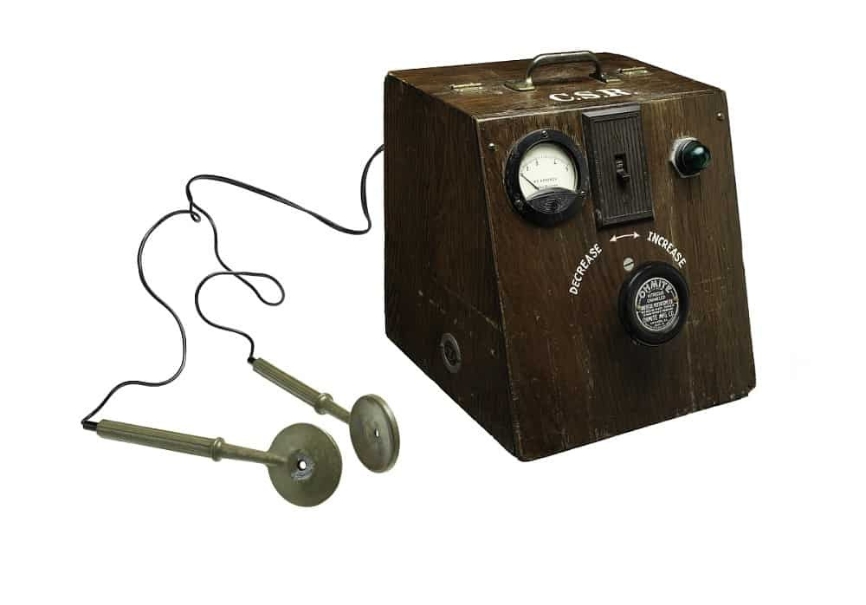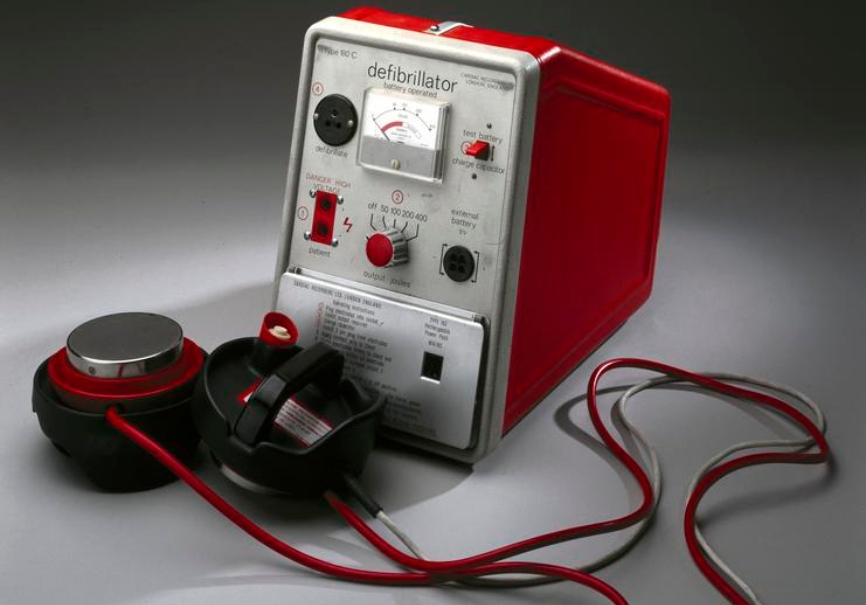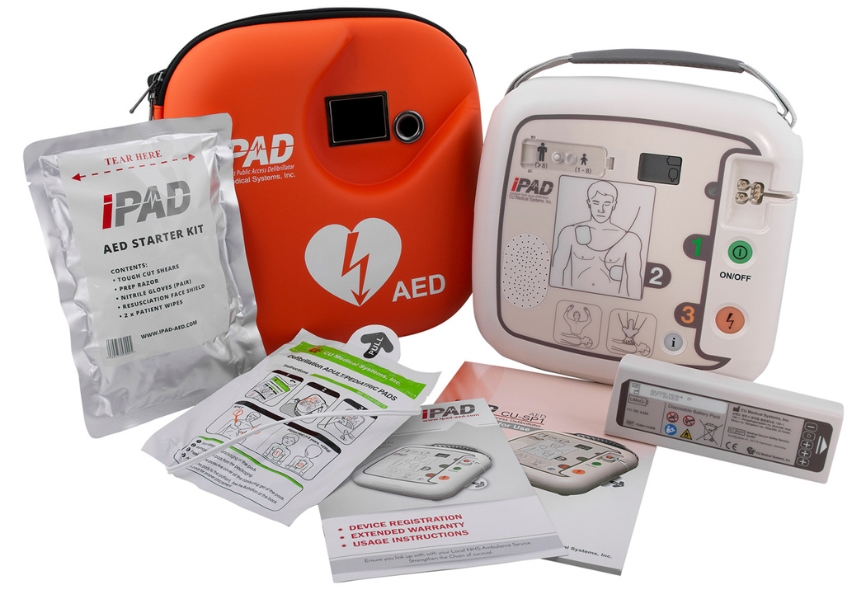In the realm of lifesaving medical breakthroughs, defibrillation holds a unique position. This essential cardiac emergency treatment has been instrumental in reviving countless hearts, beating back the spectre of sudden cardiac arrest. Here, our journey takes us through the electrifying history of defibrillation, tracing its evolution from a rudimentary experiment to a refined and portable lifesaver.
Join us as we delve into this brief history of the defibrillator, exploring how technological advancements and medical breakthroughs have shaped this vital field and how we continue to try to drive its evolution.
The Dawn of Defibrillation
The defibrillator, a device we now take for granted as a lifesaver in cardiac emergencies, had humble beginnings. The history of the defibrillator can be traced back to the late 19th century when Swiss physiologists Jean-Louis Prévost and Frédéric Batelli made a groundbreaking discovery. They found that small electric shocks could induce ventricular fibrillation in dogs, and larger charges could reverse the condition. This marked the first step in how the defibrillator was created. However, their discovery was initially met with scepticism, and it would take many more years of research and technological advancements to bring the defibrillator to its current state.
The Evolution of External Defibrillators
The first significant leap in defibrillation came with the invention of the external defibrillator. This groundbreaking device was the brainchild of William Kouwenhoven, an electrical engineer with a keen interest in the medical applications of electricity. In the 1930s, Kouwenhoven discovered that electric shocks could be used to restart the heart, marking a significant advancement in cardiac treatment.
However, it wasn’t until the late 1940s that the first successful defibrillation of a human heart was achieved. This pioneering work was carried out by Claude Beck, a surgeon at Case Western Reserve University. During surgery, when a 14-year-old boy’s heart stopped, Beck applied electrodes and delivered an electric shock, reviving the boy’s heart. This marked the first successful application of defibrillation in a clinical setting.
Image: An example of Beck’s defibrillator
Source: International Paramedic College
The following decade saw further innovation with the development of closed-chest defibrillators. These devices allowed doctors to deliver lifesaving shocks without the need for open-heart surgery, vastly increasing the potential applications of defibrillation.
As we trace the evolution of this lifesaving technology, we can see how each development has built on the last, pushing the boundaries of what is possible and saving more lives in the process. The story of the defibrillator is truly a testament to human ingenuity and the relentless pursuit of progress.
The Modern Age of Defibrillation
As we move into the modern age, it’s clear to see how the defibrillator has changed over time and that the evolution of defibrillation has been nothing short of extraordinary. With the advent of technology and a better understanding of the human body, defibrillators have become more efficient, portable, and accessible.
The 1980s saw the introduction of automated external defibrillators (AEDs), which marked a significant shift in the landscape of emergency cardiac care. These devices could analyse heart rhythms and deliver an electric shock if necessary, making it possible for non-medical personnel to respond to cardiac emergencies.
Fast forward to the present day, and we see defibrillators being increasingly integrated into public spaces – from airports and schools to fitness centres and workplaces. This widespread accessibility is mainly due to the relentless efforts of various organisations and companies in building awareness, reputation and accessibility to defibrillators.
Image: An example of a defibrillator made between 1970-1980
Source: Science Museum Group
The journey of defibrillation is far from over. As technology continues to evolve, so too will defibrillators. We can only imagine what the future holds for this lifesaving device. But one thing is sure – as long as there are hearts that need reviving, the pulse of progress will continue to beat.
State of the Art Defibrillation with WEL Medical
Now that we’ve finished this journey through the history of defibrillation, it’s time to bring it back to the present day. Modern defibrillators have come a long way since their 19th-century origins, becoming more efficient, reliable, and user-friendly. At WEL Medical, we aim to be at the forefront of this progress as a leading provider of defibrillators and emergency medical equipment.
We offer an extensive range of defibrillators, meticulously designed for ease of use and effectiveness. Whether you’re a medical professional seeking reliable equipment for your practice or an individual aiming to equip your community with lifesaving technology, WEL Medical has a solution tailored to your needs.
Image: A modern-day defibrillator, as offered by WEL Medical
We invite you to explore WEL Medical’s extensive range of defibrillators here. Each product is backed by its commitment to quality, innovation, and customer satisfaction.
For any queries, don’t hesitate to get in touch. Our knowledgeable and dedicated team is always ready to assist you in choosing the suitable defibrillator for your specific requirements. Contact us today and take a step towards safeguarding the health and well-being of your community.









